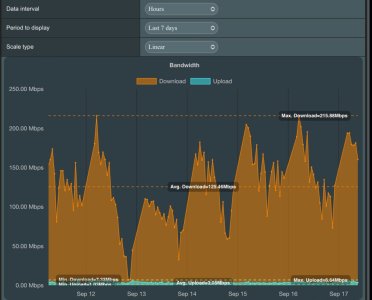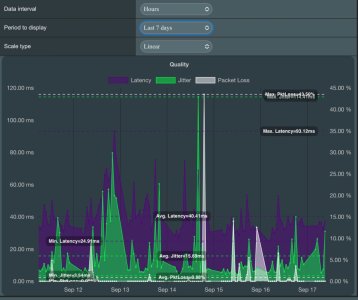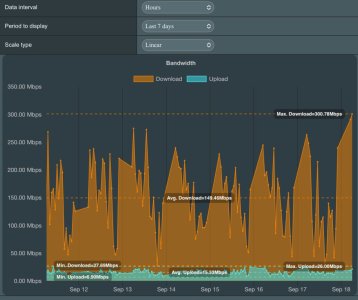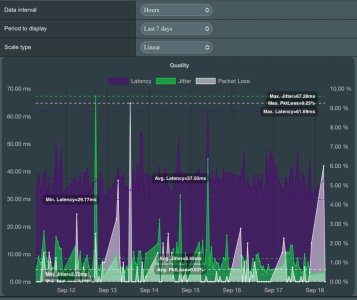leonftw
New Around Here
What are the best Cake QOS settings (WAN packet overhead values) for 5G Home Internet (Verizon 5G or others)?
Currently running a RT-AX58U with Merlin. I know 5G is unpredictable but if I put in manual bandwidth caps that are very conservative (50%-60%) what would be good WAN packet overhead values?
Thanks.
Currently running a RT-AX58U with Merlin. I know 5G is unpredictable but if I put in manual bandwidth caps that are very conservative (50%-60%) what would be good WAN packet overhead values?
Thanks.





